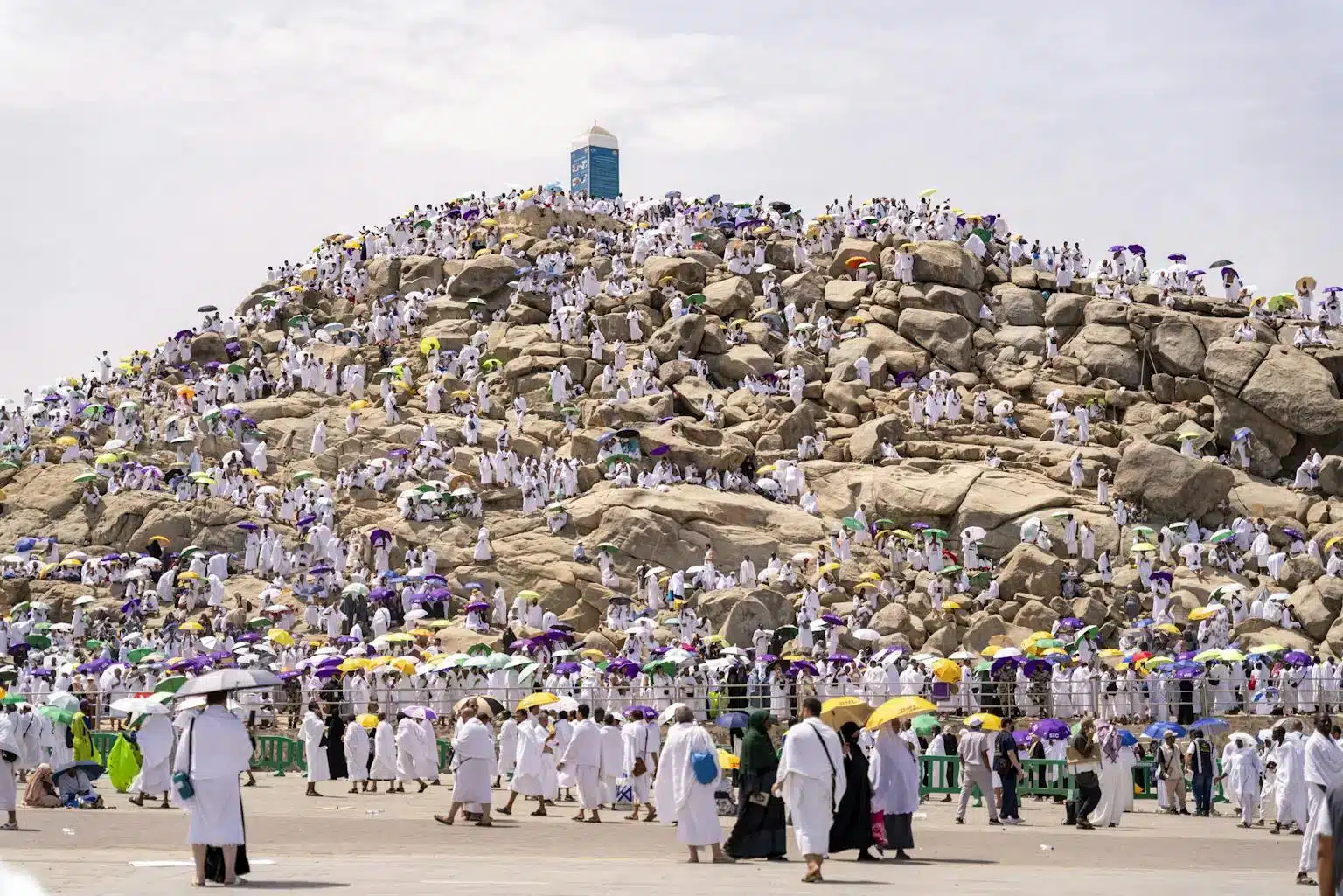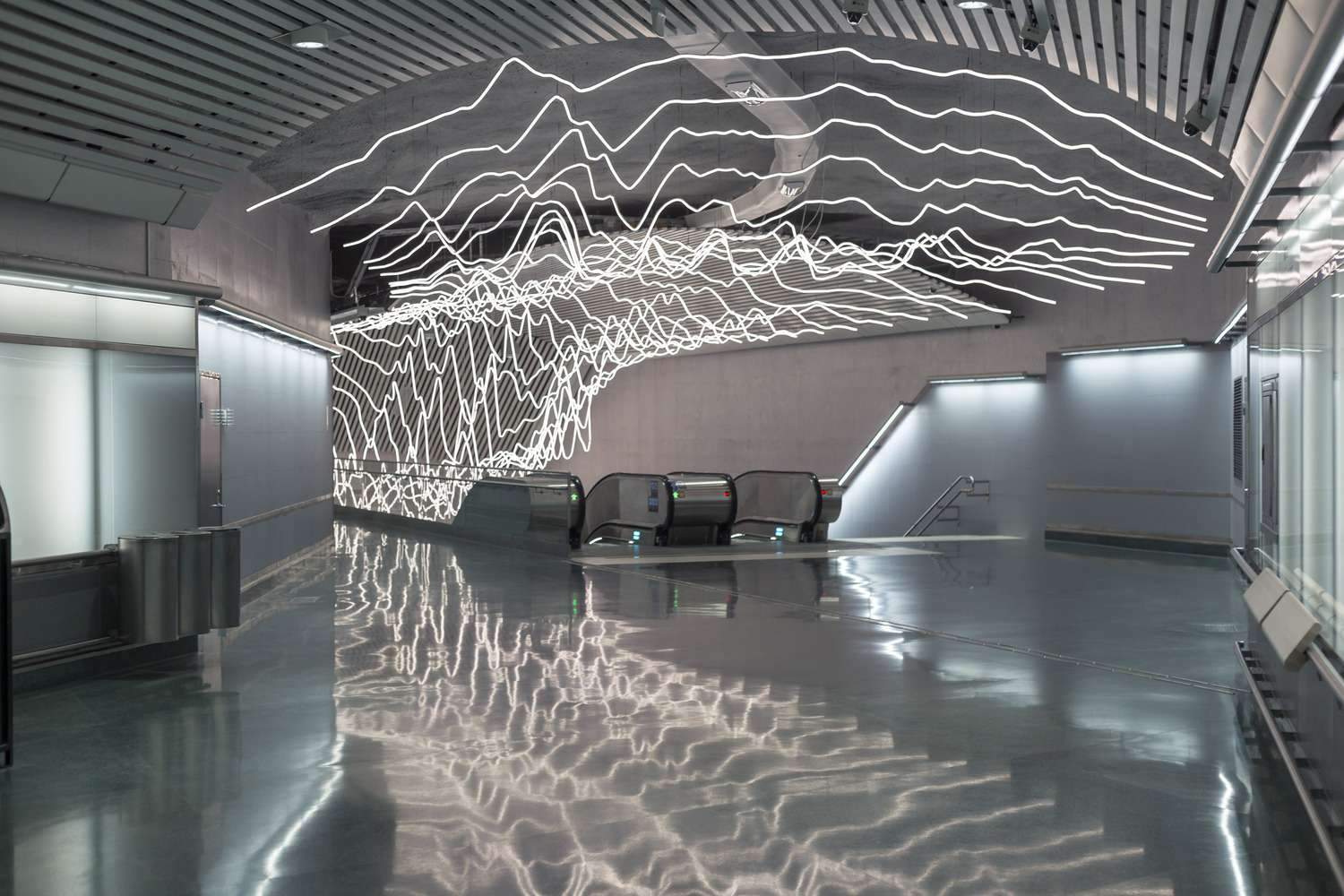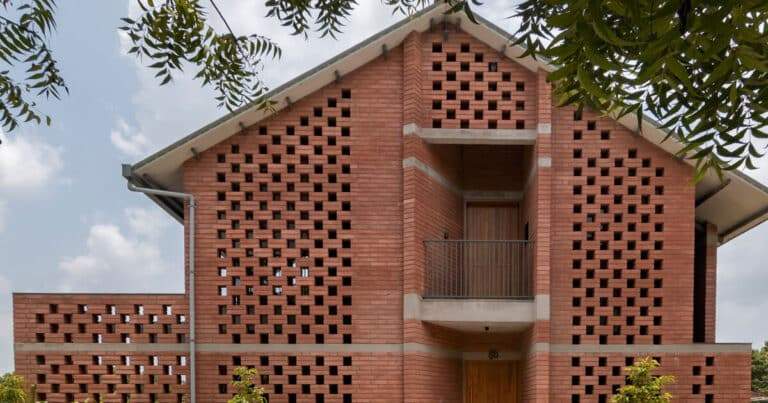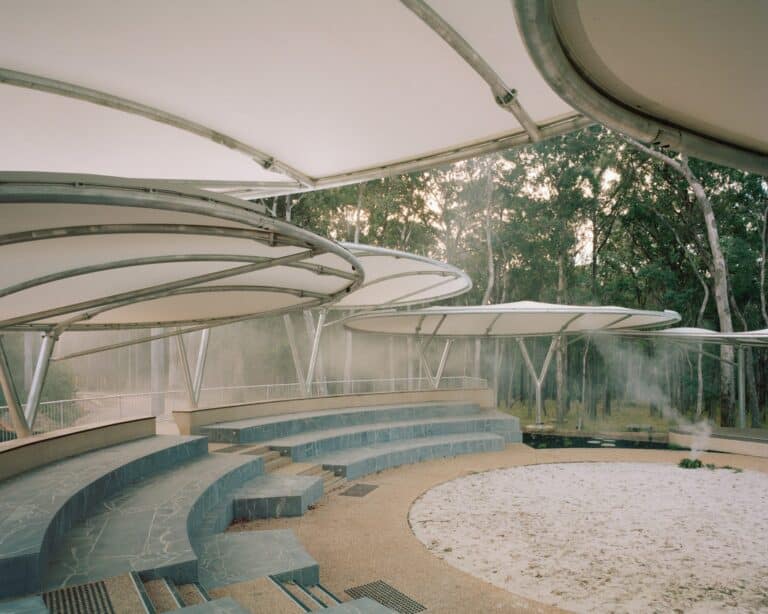A View from Above
I stood by the window on the upper floor, looking down. Buses glided smoothly along the elevated roads, while white tents spread out like a vast blanket beneath the mountains. The scene felt peaceful from up here, but the ground told a different tale. Waste was piling up here and there, and the crowds moved between a clear system and a hint of chaos. As I reflect on Hajj 2025, that’s what I felt a mix of innovative design and challenges that need real solutions.

Order That Impresses
The organization here left a strong impression. Buses carried millions with ease, backed by over 15,000 surveillance cameras and thousands of soldiers spread out across the area. Studies since 2015 have been working to ease the congestion, and this year saw a 12% improvement. The “Buses” system, powered by sensors, guides people on the spot. RFID cards help track movement with precision. The total number of pilgrims reached 1,673,230, with most coming from abroad.
| Element | Number |
|---|---|
| Total Pilgrims | 1,673,230 |
| Foreign Pilgrims | 1,506,576 |
| Local Pilgrims | 166,654 |
| Cameras | Over 15,000 |
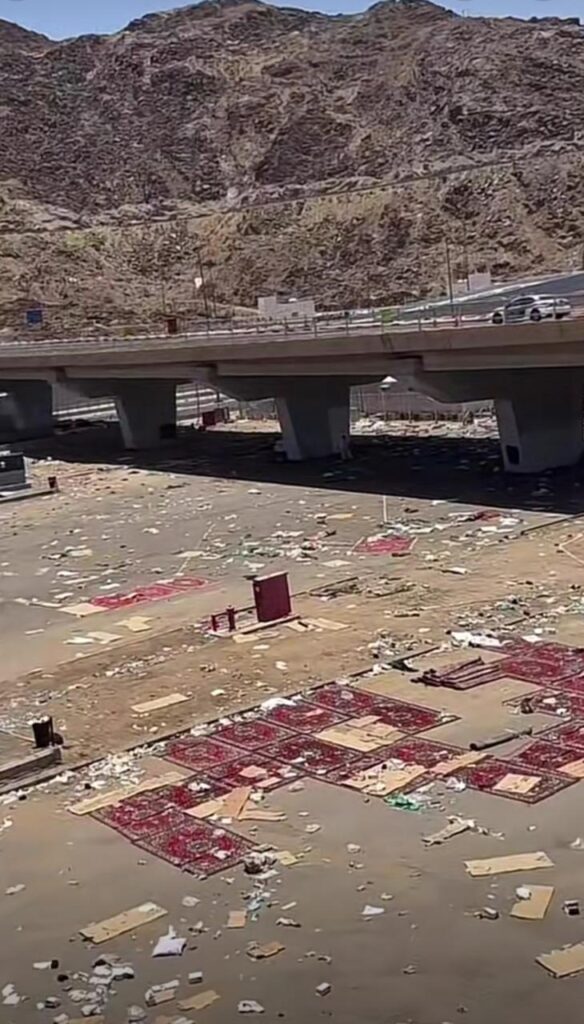

Waste: A Problem Worth Addressing
The waste came as an unpleasant surprise. Each day during Hajj, it hit 4,706 tons that’s about 2.8 kilograms per person. Over five days, that adds up to 23,900 tons. The recycling rate barely reached 36%. The Green Hajj program brought in 336 smart bins, collecting 34 tons of recyclable material, but the ground still looked cluttered after the day ended.
| Waste | Quantity |
|---|---|
| Daily (Hajj) | 4,706 tons |
| Daily (Year) | 2,750 tons |
| Total (5 Days) | 23,900 tons |
| Recycling Rate | 36% |
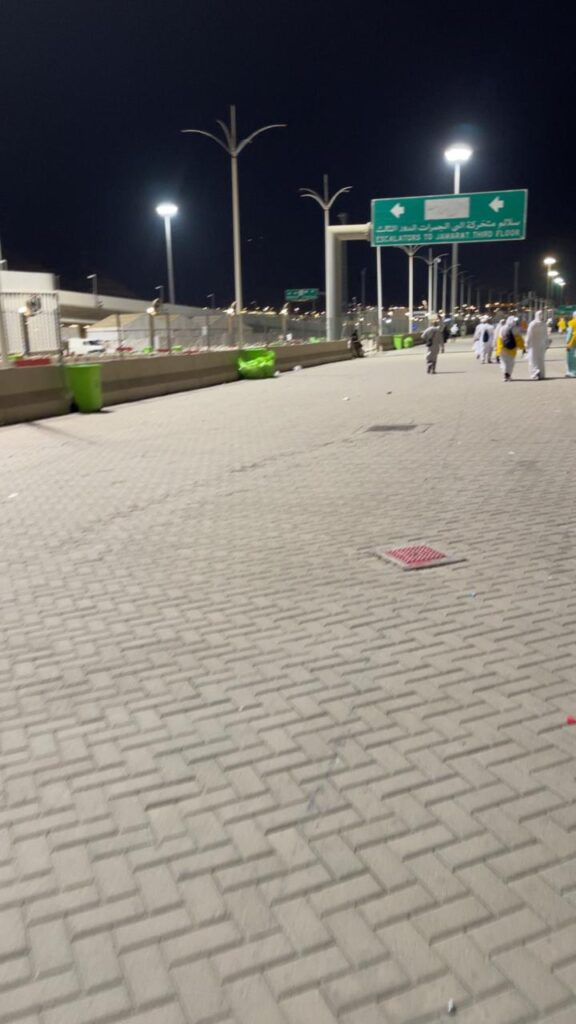
Water and Cooling: Support in Tough Conditions
Pilgrims drank 35 million liters of water, working out to about 21 liters per person each day. The cooling system in the Grand Mosque reached 155,000 tons, with 400 mobile units stepping in to help. This cut down heat stress cases from 2,700 last year, even though temperatures climbed close to 51°C.
| Service | Quantity |
|---|---|
| Daily Water | 35 million liters |
| Per Person | 21 liters |
| Cooling Capacity | 155,000 tons |
Ideas for the Future
The chaos got me thinking. Smart bins with sensors could cut down on waste. Water stations that measure out portions could save resources. Decomposable meals tailored to different cultures might make a difference. Apps on tablets could teach pilgrims how to keep things clean in a simple way.

Closing Thoughts
Hajj 2025 was a blend of amazement and challenge. The organization was a standout, but the environment needs more attention. With designs that respect nature, we can build a better future.
ArchUp: A Live Chronicle of the Arab and Global Architectural Scene
Since its launch, ArchUp has aimed to build an open knowledge archive covering everything related to architecture, design, and urbanism in the Arab world and beyond. We strive to provide neutral, encyclopedic content written in a professional tone, aimed at every architect, researcher, student, or decision-maker.
The content is managed by a dedicated editorial team that ensures daily review and updates of news, articles, and design data. We invite you to reach out via our Contact Us page to contribute, suggest, or collaborate in expanding the architectural knowledge network we are building together.

